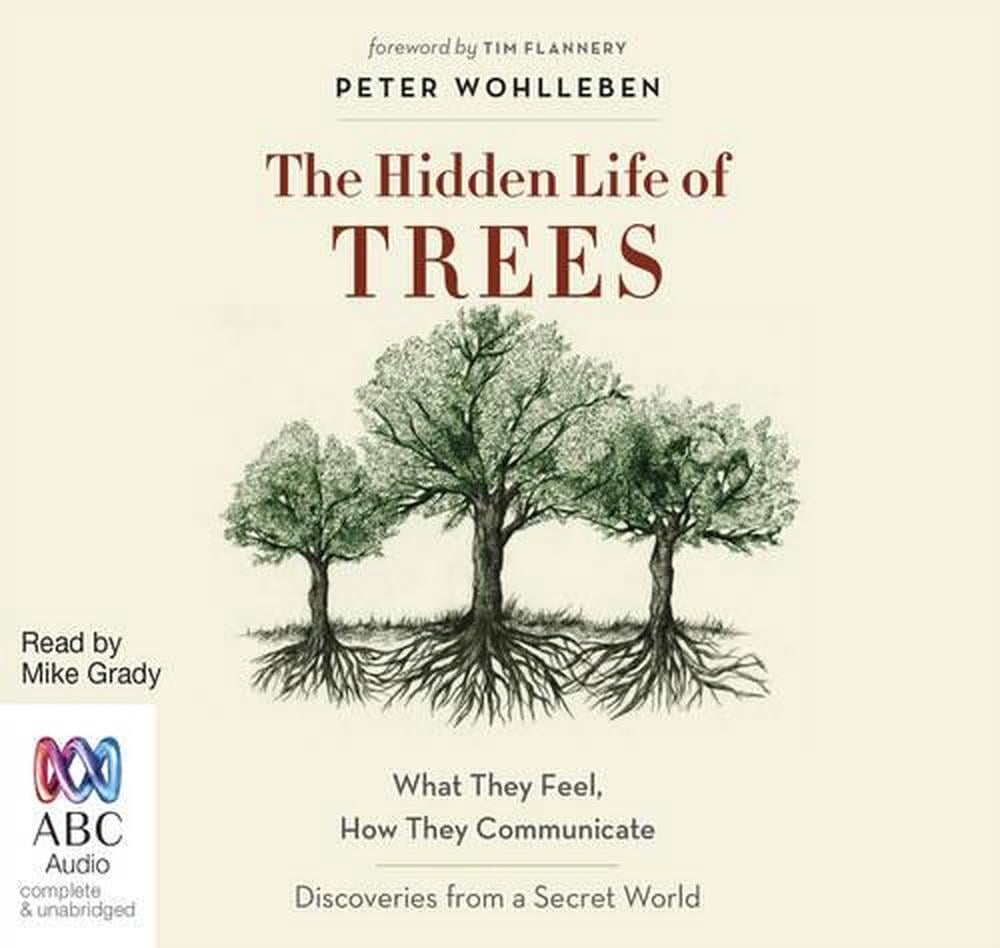

Apparently, the trees synchronize their performance so that S Students at the Institute for Environmental Research at RWTH Aachen discovered something amazing about photosynthesis in undisturbed beech forests. I say “could” because beeches, at least, seem to set a great deal of store by sharing resources. If it weren’t for the gap issue, every tree could develop freely and lead its own life. If that were to happen, it would leave gaps that would disrupt the forest’s sensitive micro-climate with its dim light and high humidity. It is obviously not in a forest’s best interest to lose its weaker members. I’ve already mentioned that beeches are capable of friendship and go so far as to feed each other. But it’s different for trees of the same species.

They really do struggle with each other for local resources. What negative effects? Doesn’t it sound logical that a tree will grow better if bothersome competitors are removed so that there’s plenty of sunlight available for its crown and plenty of water for its roots? And for trees belonging to different species that is indeed the case.

Beeches are capable of friendship and go so far as to feed each other.īecause these trees will never grow old-they are destined for the sawmill when they are only about a hundred-the negative effects of this management practice are barely noticeable.


 0 kommentar(er)
0 kommentar(er)
